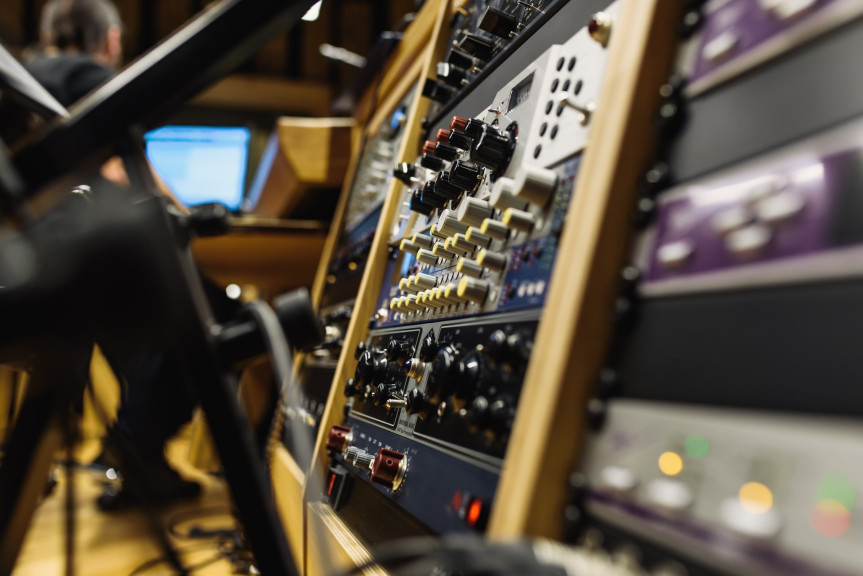Users
Target groups and end-users, plus a range of proven and new forms to make content available, set specific requirements for the way in which institutions like Sound & Vision deal with the archiving and availability of their collections, and especially how the media-cultural perspective on collections is presented. It is therefore important to understand who these end-users are, what they want and how that translates into archiving, making available, presenting and dealing with copyright issues.

Photo: Sebastiaan ter Burg, CC-BY-2.0
Audiovisual archives traditionally organize their collections in a decontextualized way, that is to say that they are guided by the wishes of their users when selecting, storing and writing. In the analogue era, the wishes and needs of these users were well-known, also because these people came to the archive themselves. However, user groups and their wishes and needs change along with technological and social developments. Moreover, shifts in the media landscape and the information society result in a less strict demarcation between different users. We see strong differentiation within user groups (niches) and a changed perspective on the access to audiovisual content. Online collections attract more and especially other users, with new expectations and skills. The traditional model of end-users ending up in a central portal, shifts to a more-dimensional model where you also need to bring collections to users. Users are already somewhere ‘on the web’, ready to be served: content and desired user facilities are integrated onsite. You have to find them. In a practical way; in social media applications, on various mobile platforms, in multimedia research environments, in educational tools and via programmable interfaces and APIs. But they also need to be ‘found’ in museological presentations on the right tone. Thorough knowledge about the user and the media-cultural context in which he moves, is indispensable here.
Copyright issues play an important role in opening up collections
Collecting knowledge and expertise on copyright, open availability and re-use by third parties are therefore essential within this area and for Sound & Vision.

